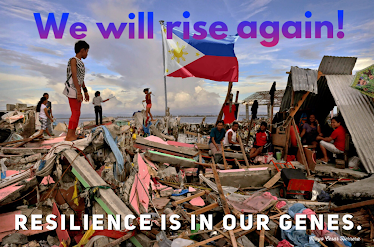The Philippines, a place that is surrounded by the Pacific Ring of Fire, is extremely prone to typhoons, earthquakes, and volcanic eruptions. Numerous factors, including as the country's geographic location, tropical temperature, and damage to the environment, increase its vulnerability. Furthermore, natural disaster frequency and intensity have shifted as a result of deforestation, climate change, and unsustainable land use practices. For a variety of causes, the Philippines is one of the most disaster-prone countries in the world. In response to these issues, the Philippine government initiated a number of policies targeted at increasing the country's resilience. Early warning systems, evacuation procedures, disaster response teams, and disaster risk reduction laws have all been created in an effort to reduce the impact of these disasters. on addition, the government has invested on infrastructure development.
Even with such efforts, developing resilience is still quite difficult. The
nation's ability to respond to disasters is limited by a lack of funds, poor
infrastructure, a lack of public awareness, susceptibility to climate
change, and geographic isolation. The Philippines must tackle the long-
term effects of climate change while reaching a balance between
catastrophe risk reduction and economic development.
References: https://pbs.twimg.com/media/EK12tDOWoAAbHoI?format=jpg&name=large




.jpg)
No comments:
Post a Comment